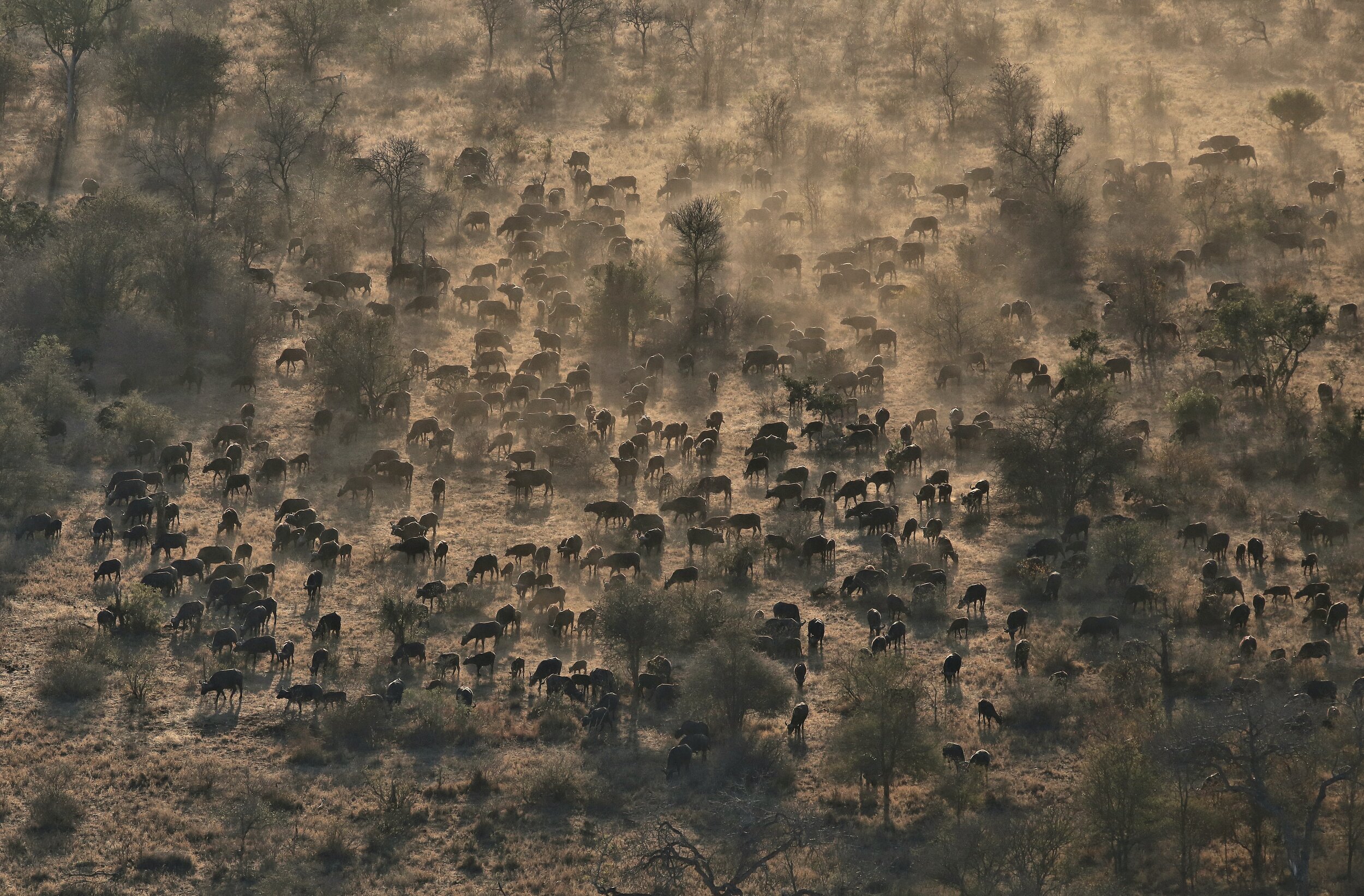
FAQ
Frequently Asked Questions
-
We define a wild animal as any free-ranging individual animal living outside of human control. This includes animals living freely in human-dominated environments, such as parks and urban spaces, but excludes those raised as pets, on farms, in zoos, or in laboratories, regardless of their species.
-
Though wild animal welfare science and animal welfare science both focus on individual welfare, they differ in several ways. One key difference is that wild animal welfare science investigates the welfare of animals in relation to their wild environments, placing greater emphasis on ecology and life history. It seeks to understand how individuals affect and are affected by populations, communities, and ecosystems.
-
Our staff scientists conduct original, peer-reviewed research that informs our funding priorities, demonstrates valuable approaches to the study of wild animal welfare, and stimulates further investigation of key questions in wild animal welfare by the broader scientific community. We focus primarily on desk studies — such as meta-analysis, review, and re-analysis — but we are open to collaborations on field studies that have high potential to advance the field. Our scientists also produce research notes and commentary on topics related to wild animal welfare science.
-
We consider the field of animal sentience research, which is deeply embedded in psychology and neuroscience, as a parallel discipline on which we rely — similar to how we rely on philosophy and ethics to frame our efforts. Sentience research informs our work and is critical for the long-term success of wild animal welfare science as a field.
-
We respect and appreciate people who rehabilitate wild animals and work to stop wild animal trafficking. But at Wild Animal Initiative, we focus on generating scientific research and building a community of researchers who will sustain the field of wild animal welfare science. One of our goals is to identify new or improved interventions with great potential, such as contraception, through scientific discourse.
-
Wild animal welfare science often uses methods from adjacent fields such as welfare science or ecology. Sometimes those methods are directly transferable, and other times they need to be adapted to be valuable. For example, traditional welfare science methods can be adapted for a wild context by combining them with field ecology approaches such as feces collection, remote monitoring, or behavioral assessment.
-
Wild Animal Initiative prioritizes research that isn’t likely to be conducted by other scientists or funded by other organizations. For example, wild insect welfare is one area of high interest for us because very little research exists so far on their welfare. Since insects are abundant and often overlooked by both scientists and funders, it is especially important for us to support research that will provide valuable insight into their lives. (We do not exclusively focus on insect welfare research, though, because we still have to consider tradeoffs between our prioritization criteria, including impact and tractability.)
-
We’re particularly interested in research that could benefit a large number of individual animals, and endangered species are by definition fewer in number. When selecting research projects to fund, we take into account the number of individuals who will benefit either directly or indirectly from the project. A project that is exclusively beneficial to an endangered species is less likely to meet this criterion.
There are times when we will consider funding work on endangered species. For example, a project featuring endangered species might be valuable in other ways, such as validating a welfare indicator or approach that could be used in more common species. Because it’s critical to understand network effects of welfare, we might also consider projects that study endangered or rare species in their capacity as umbrella species or as drivers of ecosystem dynamics.
-
We believe humans have a responsibility to improve wild animals' lives as much as we can, regardless of whether humans are the cause of a particular animal's suffering. But because natural threats to welfare tend to receive less attention relative to how common they are, we tend to prioritize projects that focus on those, such as starvation and disease. While human-animal interactions are not a strong focus for Wild Animal Initiative in particular, it is a priority area for wild animal welfare research. For example, identifying more humane ways to control populations has great potential to improve the lives of many wild animals.
-
Many scientists working on wild animal welfare have majors in biology, ecology, veterinary science, welfare sciences, or zoology. Wild animal welfare science is multidisciplinary, so as a first step, try to identify which area of this field appeals to you the most. For network dynamics and system effects, ecology coursework is essential. For sentience and behavioral aspects of welfare, consider animal science or animal behavior. Studying a variety of biological modules and exploring a range of experiences can be beneficial, while specializing in one of the relevant disciplines could allow a more focused career trajectory.
-
People with advanced degrees who are interested in wild animal welfare can work as scientists for universities, nonprofits, or research institutions. Outside of scientific research, people with a background in politics or law can work to implement policy changes that are likely to improve wild animal welfare. People with qualifications in biology or animal science can pursue practical applications of wild animal welfare. For example, wildlife veterinarians and rehabilitators often work to improve the welfare of individual wild animals.
For more ideas, see our blog post on careers in wild animal welfare.
